The Last Two Weeks at Longlee
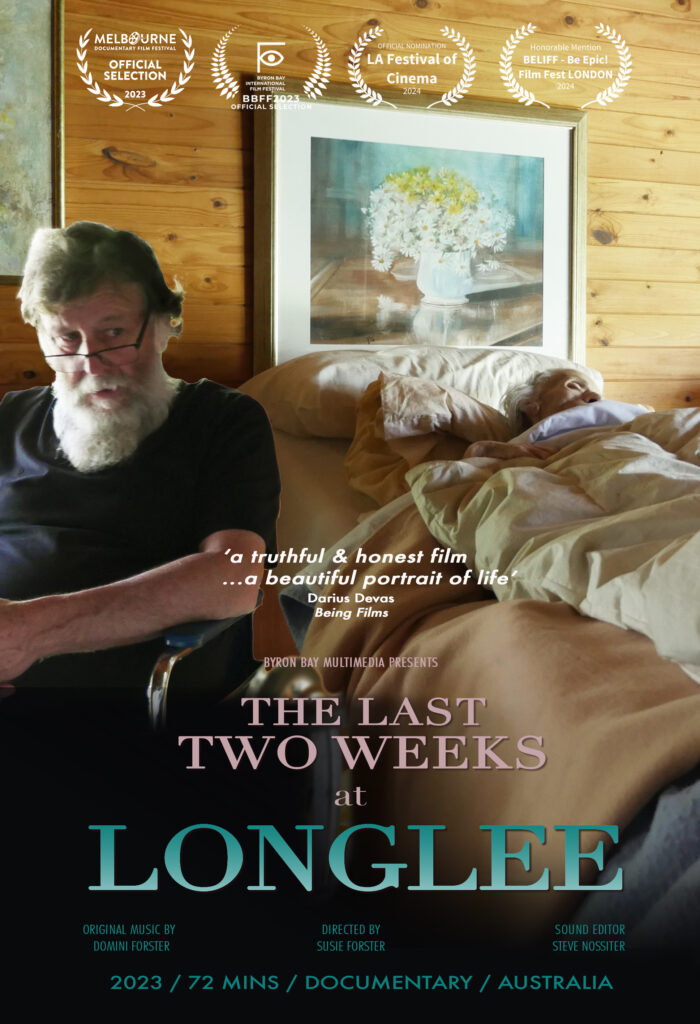
In an act that some would consider radical, and certainly highly personal, a filmmaker captures her family’s most intimate moments together at the end of her mother’s life, as they help her to die at home, surrounded by her art, in the Australian bush.
Genre: documentary
Running time: 72 minutes
Director/producer: Susie Forster
Format: HD 1080p
Language: English
Date of completion: June 2023
Synopsis
When Victorian artist Lee Stephenson discovers she is dying and requests, in no uncertain terms, to die at home, her daughter, a filmmaker, captures this remarkable footage of the last two weeks of her life. Shot at ‘Longlee’, her mother’s log cabin home in the stunning Goulburn Valley, we witness the 82-year-old outspoken artist navigate her impending death, veering between grace, anger, clarity and confusion. The family disclose their real feelings about seeing Lee dying, and reflect on the state-funded palliative care she receives at home, complete with a ‘must-have’ hospital bed. We see the generosity of spirit of the palliative care support team as they support Lee and her husband, Roger, who in turn draws on his farming background to care for his dying wife. With love, humour and sadness, and in the thick of COVID restrictions, they work together to grant Lee her final wish – to die at home.
Why this film?
In Australia, we’re not really encouraged to consider what the end of life will look like, beyond our legal will and how the professional world deals with us when we depart. Even though death is something that we watch obsessively in films and television, few of us consider our own death enough to properly think through our options. Where will we die? Most people die in hospital. What if we, or our loved one, want to die at home? Who will be there? What would it look like? If we wanted to take a more proactive stance on how we die, whether it be a long way off in the future, or getting near, where can we get help, and what choices do we have? This film provides some answers, and a glimpse into a world we may only see a few times in life. The experiences of this family can inspire a new feeling of empowerment and lessen of the fear of death.
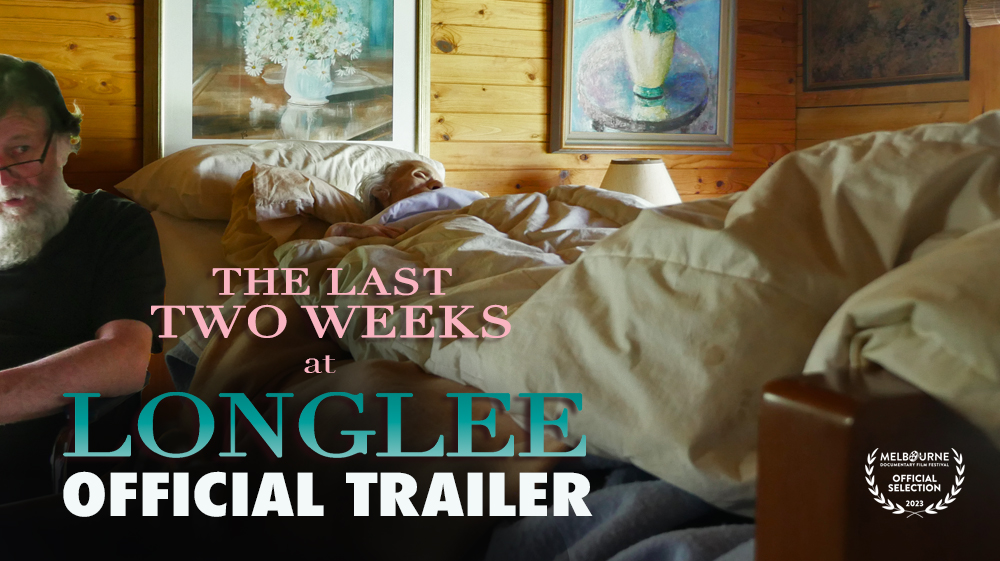
Contact Susie to organise a screening in your area, or to recieve the EPK.
Helpful links
There is low or no cost assistance available in Australia, to assist you or a loved one to die at home.
Amitayus- home hospice service
The Amitayus Home Hospice Service, located in northern NSW, was established in 1994. Their mission is to provide support and care for those with a life threatening illness and who wish to be cared for at home.
The Australian Government provides funding for a wide range of national projects and programs that aim to improve access to palliative and end-of-life care for all Australians so they can receive the care they need, where they want, including at home. Some of these projects and programs that you may find useful are:
- Caring@Home provides evidence-based and practical information for health professionals to assist and support families and carers of individuals with a life-limiting illness to be cared for and die at home if that is their choice. This includes resources to support carers and families to help manage end-of-life symptoms for a person at home including safely using subcutaneous medicines;
- Carer Help is a freely accessible website providing information and resources to better support Australian families caring for someone with an advanced disease. The current project aims improve support for rural families caring for someone with an advanced disease; and
- Greater Choice for At Home Palliative Care provides funding to the Primary Health Networks to employ dedicated staff to coordinate activities to improve access to palliative care in primary and community care, based on the specific needs of their region.
You can find more information on other palliative care programs and projects on the Department of Health and Aged Care’s website
Zenith Virago offers a range of trainings, death care information and other services for the death and dying and those who care for them.
Media
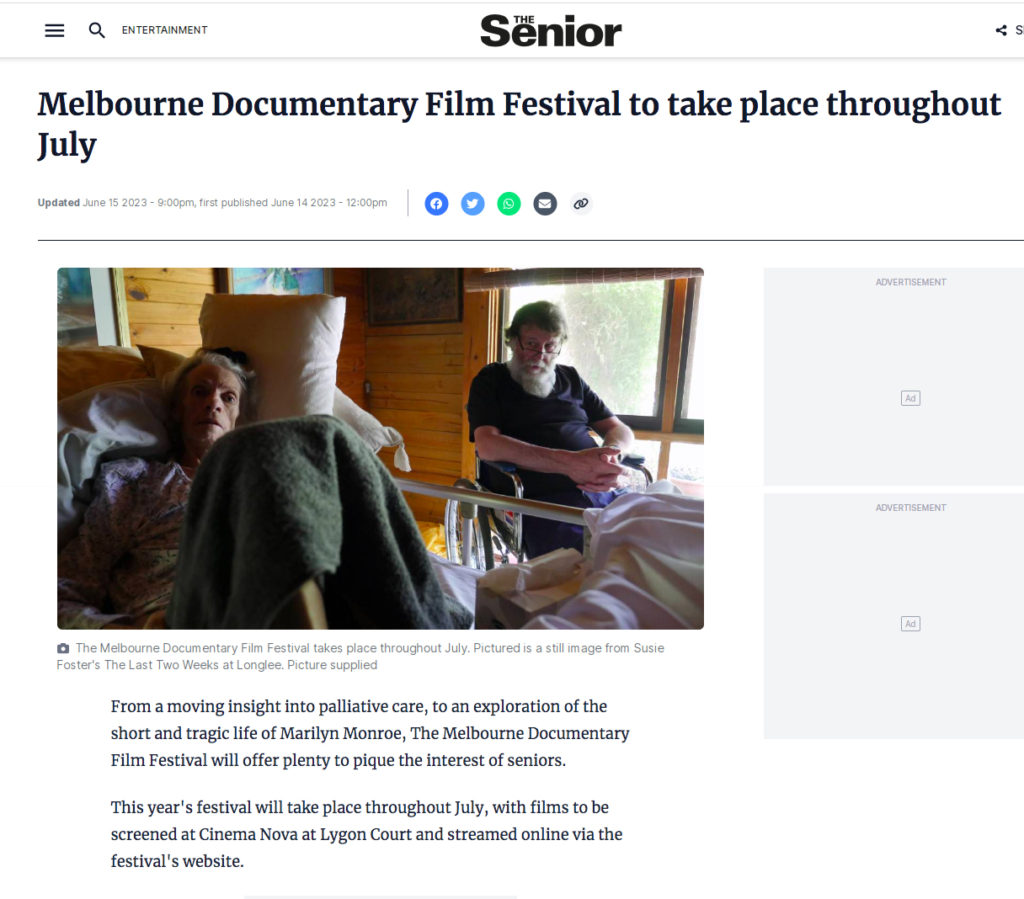
interview with Annie McLoughlin at Melbourne radio station 3CR
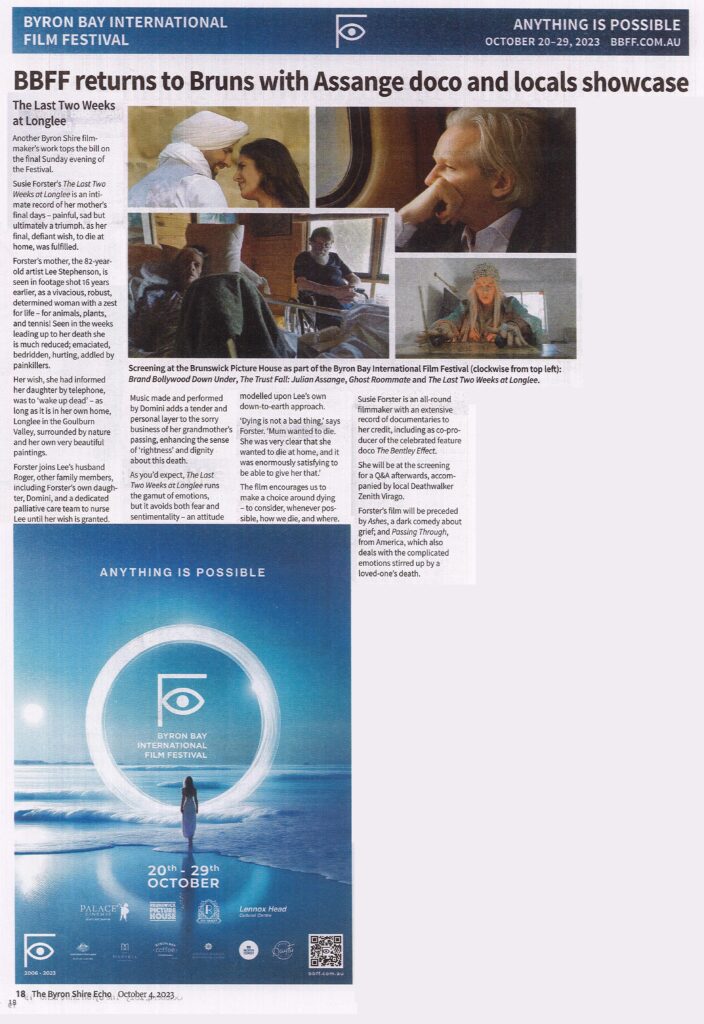

Screenings
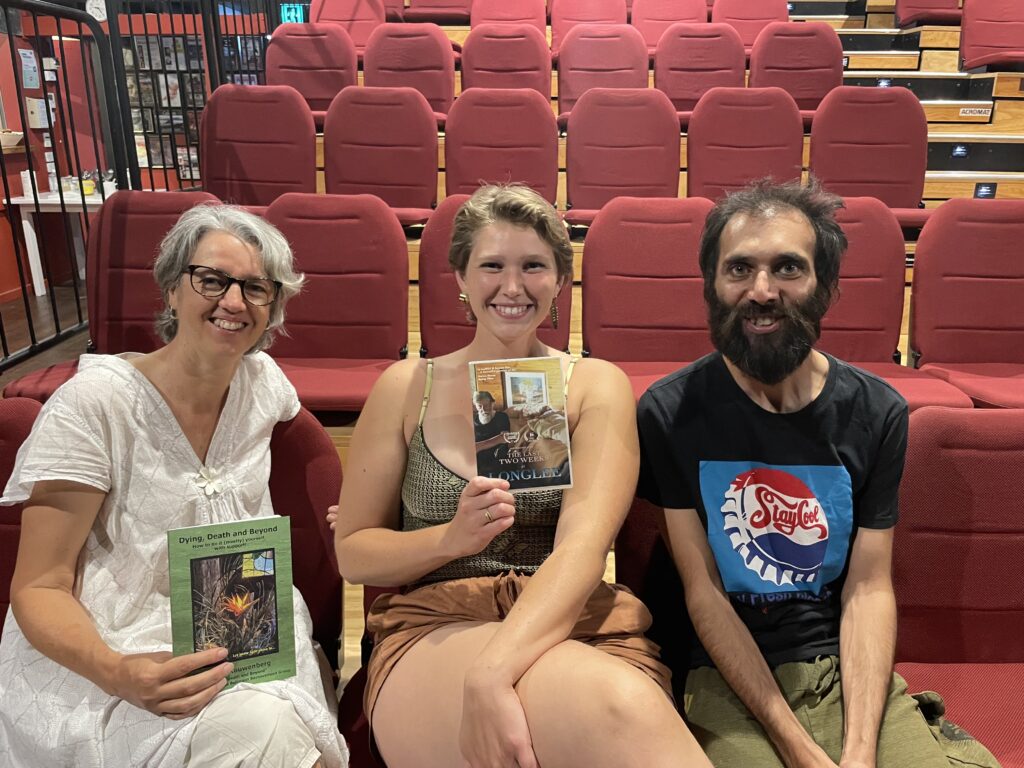
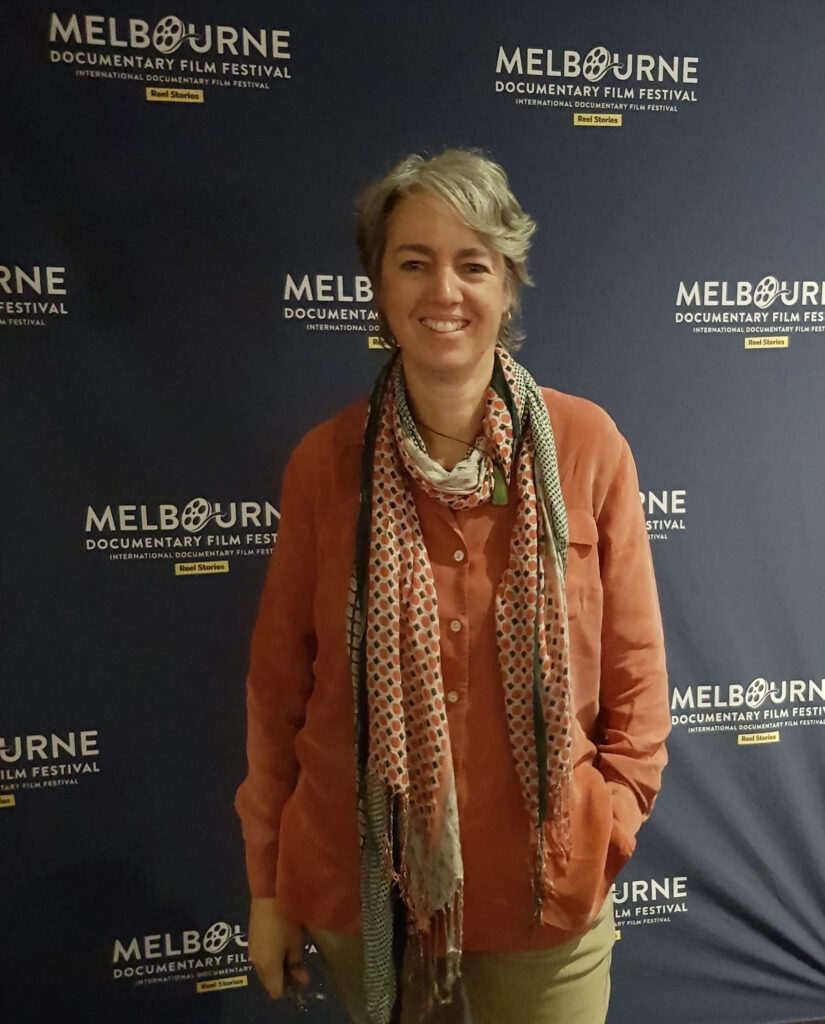
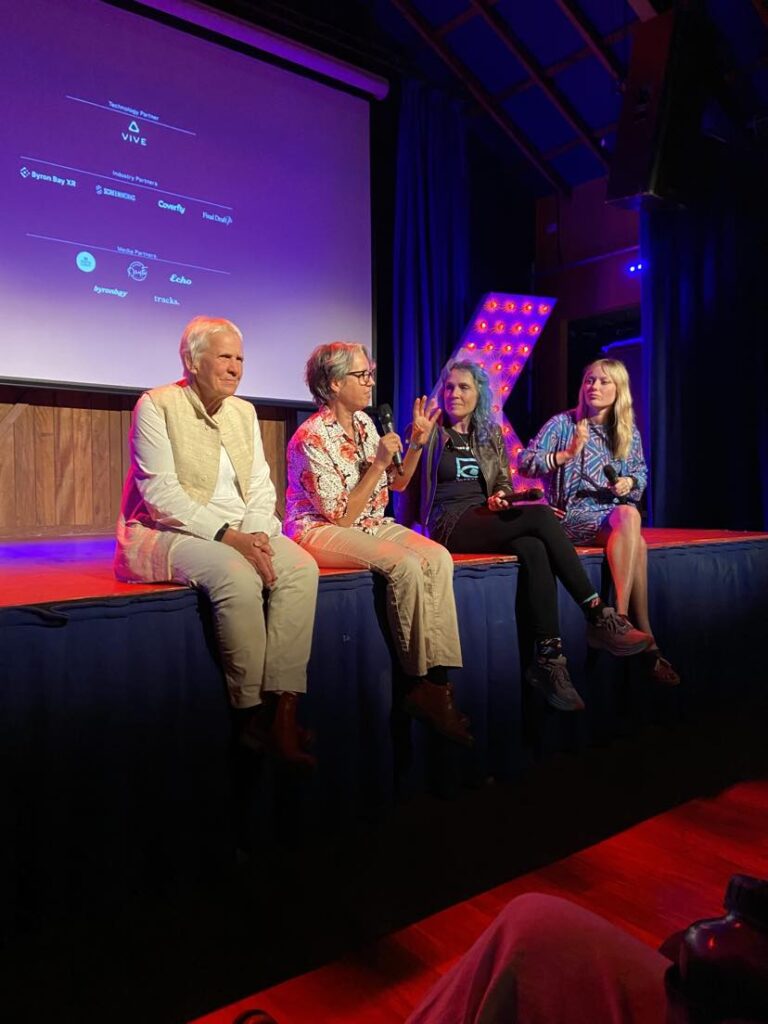

Like Us on Facebook!